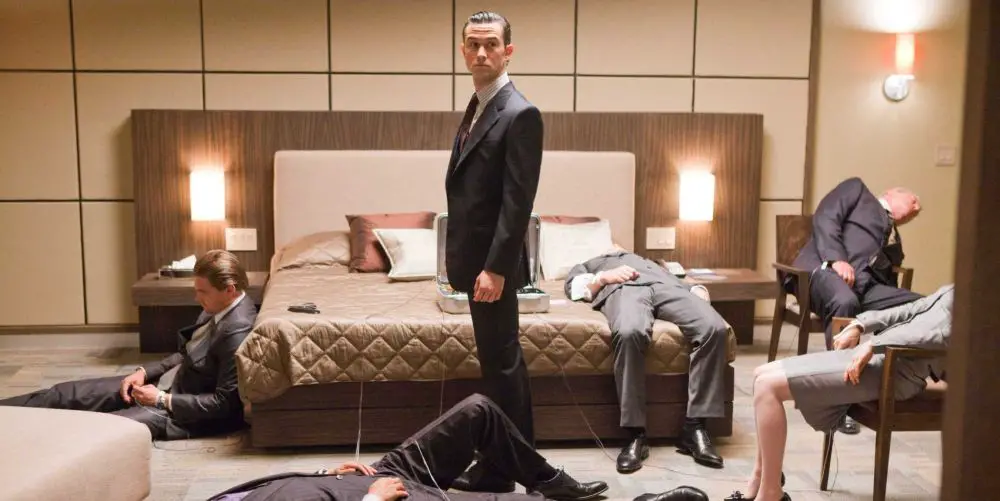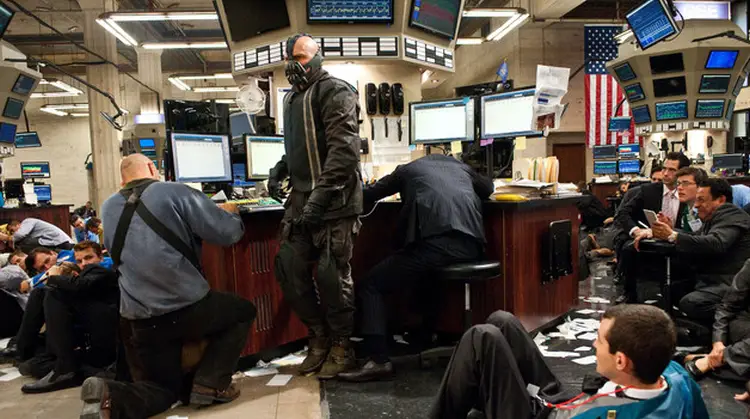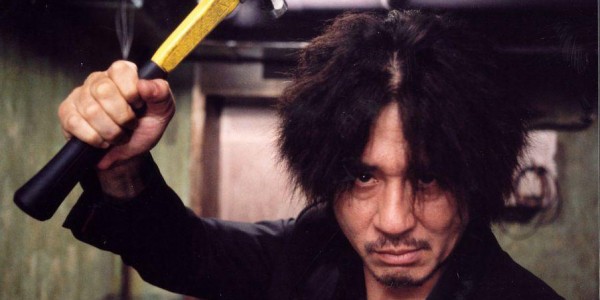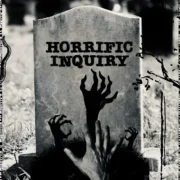How to Analyse Movies #3: Mise-en-Scène & Editing

Manon de Reeper is the founder and CEO of Film…
In the last part of How to Analyse Movies, we discussed signs, codes and conventions. In this chapter we’re moving on to the scene and editing, and what that means in film language.
Everything you see in a film is constructed to fit on a screen. Filmmakers think about every element that is shown every shot, nothing is accidental. In general, of course, I’m leaving mistakes out of the equation.
By controlling what is shown in the boundaries of a screen, a filmmaker controls the understanding of the audience. All that the director puts into the scene and films is called the “mise-en-scène”.
The mise-en-scène is how a filmmaker creates meaning. They use it to develop a character, or give subtle hints about their nature; to set the mood, to increase realism or surrealism, or to explore the meanings of the film’s theme.
[membership level=”0″]Sorry! This article is part of our Premium Content. Please subscribe to unlock our fantastic HOW TO ANALYSE MOVIES series, and thousands of other terrific articles! Go here to become a member. It’s just $25 per year.
OR, buy Film Analysis For Beginners: How To Analyse Movies on Amazon for $4.99.
Film Analysis For Beginners: How To Analyse Movies
[/membership][membership level=”3,5,6″]
To help you analyse as well as understand a scene, you have to ask who and what are in the scene and consider their relative position. And mise-en-scène isn’t only the placement of people and objects within a shot; don’t forget make-up, costumes, backdrops, sounds and lighting.
Mise-en-scène, as many of the concepts discussed in this book, is quite complex, and we don’t have the space to go in-depth. However, I will include a few good reading recommendations at the end of the book. I must also point out that one of my colleagues at Film Inquiry has published a few articles on mise-en-scène that you must read if you want to better understand mise-en-scène. In the meantime, the following is a little exercise to get you started:
When you watch a scene, there are several questions you need to ask yourself:
- What effect is created by the mise-en-scène?
- What meaning does it have? Think about symbolism, connotations, links, et cetera
- How were the effect and its meaning created?
- Why were they created in that way – what is the director’s purpose?
You could try this out by looking at this shot of Bane from The Dark Knight Rises:

Consider how objects and people are placed within this shot, what colours are used, how the shot is lit, the people’s costumes. Consider what feeling the shot is supposed to elicit. What was Nolan’s goal, with this shot?
Example: A Quick Analysis
This shot establishes chaos: sheets of paper scattered everywhere, people scrambling to get away from the threat. It also evokes fear, clear in the expressions on the innocent bystanders’ faces. Bane is set in the centre of it all; he is the source of the chaos, the fear – a terrorist.
Note the American flight in the top right corner. It’s covered, but there, signifying that good shall still prevail. The American flag frequently symbolises the “good guys”.
However, as the scene is set at a stock exchange, the flag hanging vertically, placed this way on purpose, may also signify the crookedness and dishonesty of the stock exchange, essentially blaming them for the Great Recession of the late 00’s.
If you would watch the scene, you would quickly see the latter interpretation would likely be correct. The entire scene is set up as to make the people at the stock exchange look like the criminals. Bane, in this case, is merely making these people pay their dues after “they” caused the recession.
You’ll see Christopher Nolan used almost every technique available to elicit condescension towards the stock marketers, making Bane seem like a veritable Robin Hood, at least for that scene.
Editing
Editing is a way to compress hours of recorded images into one coherent, natural-looking sequence of shots. It’s usually seamless. It consists out of cutting and joining pieces (shots) of recorded film together, while still maintaining a sense of continuity and connectedness. Usually, shots are edited to suggest a realistic flow of what’s happening.
A montage is a series of edited shots that works as a cohesive unit, which has greater meaning than the individual mise-en-scène. There are many different kinds of editing techniques, these are some of the most common ones.
Continuity Editing
With this technique, the editor tries to keep the sense of realistic flow of events and to create a coherent sequence of shots. It is the most common editing technique. Watch this clip for an example of continuity editing in Goodfellas.
Jump-cut
This is a dramatic cut in the flow of events, which breaks the time/space continuum (which is why it’s considered a violation of continuity editing), yet it still feels natural. Quick jumps between camera positions that differ only very little is an example.

It can also give the sense of jumping forward in time. This technique is used in creating music videos because it’s more dynamic, and it was also used famously in Guy Ritchie’s Snatch and Chan-Wook Park’s Oldboy. Watch this clip for an example of jump cuts in Snatch, Oldboy and The Ring.
Cross-cut
With this editing technique, two action scenes are edited to quickly succeed each other to create a sense of two scenes happening at the same moment in time, but in a different place. The complete sequence of these kinds of scenes is called parallel action.
Christopher Nolan loves to use this technique in his films, it’s used extensively in The Dark Knight and The Dark Knight Rises, as well as Inception. Example of cross-cuts, a scene from Inception.
Fades and Dissolves
This type of editing promotes the sense of scenes (and time) moving forward. It’s usually a gradual transition from one image to another. Fades fade to or from a blank image; a fade-in or a fade-out.
Dissolves are a transition between two shots, temporarily blending the two until the new image solidifies. It’s used to suggest a longer jump in time than a regular could would.
There are many more types of editing and editing techniques that are used in filmmaking. Understanding the different kinds of editing used can help deepen your understanding of the director’s purpose and the meaning he or she is trying to convey.
Next time you watch a movie, make some notes on what you see in the mise-en-scène and consider why it was put there, and also look at the way the movie was edited. What does it do with the meaning of the film?
[/membership]Next in How To Analyse Movies:
You’re currently on part 3: Mise-en-Scène & Editing
Part 1: Introduction
Part 2: Signs, Codes & Conventions
Part 4: Considering the Camera
Part 5: Lighting, Sound & Score
Part 6: Story & Genre
Part 7: Iconography & Realisticness
Part 8: Putting it into Practice
Does content like this matter to you?
Become a Member and support film journalism. Unlock access to all of Film Inquiry`s great articles. Join a community of like-minded readers who are passionate about cinema - get access to our private members Network, give back to independent filmmakers, and more.
Manon de Reeper is the founder and CEO of Film Inquiry, and a screenwriter/producer. Her directorial debut, a horror short film, is forthcoming in 2021.













